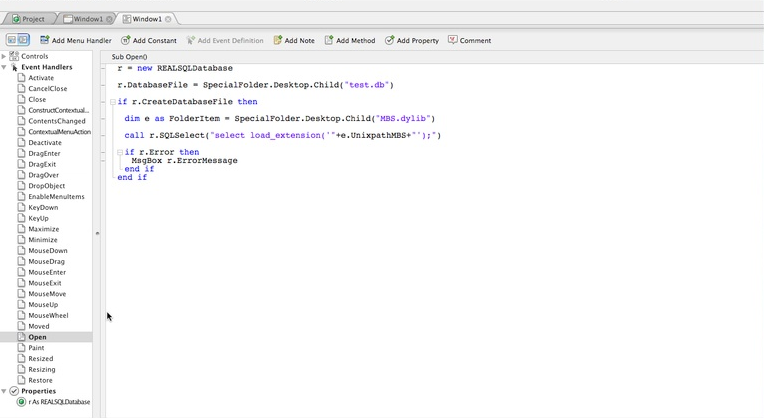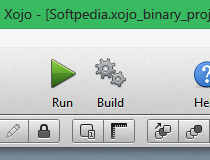

Scheduled Processes are accessed directly via a URL to the php file. When a file is uploaded, it is moved to the Bucket specified sub directory like: /bucket/Contacts/123/PhotoFN/image.png and the File Name is stored on the Contact Record in the PhotoFN column. Files in Brief would have been created like when printing to PDF.įile Uploads are accessed directly via a URL. Files in Bucket would be like a Contact Photo.
#XOJO GOOGLE MAPS PDF#
XanDo sees that a URL was returned, opens a new tab/page and loads the URL to the PDF for the user.įile Downloads are accessed directly via a URL in either the 'bucket' or 'brief' directories.do-contacts-print.php queries for the Contact Record, creates the html, and creates a PDF from the html which is saved into a temp folder and a link to the PDF is returned.contacts-do.php examines the XanDo parameters and when it sees 'ContactsPrint', it processes do-contacts-print.php.XanDo runs in the background and is routed like the Routed Page except router.php routes to contacts-do.php which is a sub router specifically for processing Contacts functions.XanDo function is called with parameters which immediately displays 'Printing PDF',.When someone clicks the Actions > Print PDF: The flow is similar to a Routed Page except data or a portion of the page are returned rather than an entire page. AJAX leverages Javascript to make a Request and wait for a Response all in the background. Routed Do are Xanadu's way of calling functions without reloading the Page via AJAX. Finally return reaches back to index.php which returns the Aloe Response.content-0-page.php directs the processing of content-1-cards which loads each specific card.router.php examines the path components, the 'contacts' and '123' parts, of the link and directs the processing of content-0-page.php for Contacts.Aloe helps with Sessions Management, Request Handling, and Response Handling. index.php loads Aloe for PHP from Tim Dietrich.index.php loads init.php which loads Xanadu constants, classes, functions, and settings.NGINX intercepts the Request and sends it to index.php.

There are five main types of flows: Routed Page, Routed Do, Files, File Upload, and Scheduled Processes. Tip: Use a hotkey for testing! Our hotkey switches to the browser and types command-option-R which reloads the page while reloading cached files. Right Click choose Deployment > Sync with Deployed to.Select Local Files and Folders to Check.Select Changed Files then Right Click the Files > Deployment > Upload to Production Site.Save Locally with Auto Upload to Development Site.Then we connect GIT to and connect MySQL to the MySQL Server. Both are are added to PHPStorm as separate connections. We create two domains each with their own website for Development and Production. I'm sure there are many more things that you can connect to, but this is all we've needed. In PHP Storm your can connect to FTP Servers, GIT Servers, and MySQL. Develop, Push to Production, and Push to GIT. The Actions Button has a dropdown menu with items: Print to PDF, Print to HTML, Duplicate, and Delete. It returns the Contact ID to then do something with that ID. The Contact Picker Button lets you search Contacts to then select a contact. Next to the Photo in the Contacts Card, a image can be uploaded by clicking the Blue Upload Button or Dragging and Dropping an image onto the Blue Upload Button. Red Minus Buttons can be found in Comms to delete a Comm.
#XOJO GOOGLE MAPS PLUS#
īlue Plus Buttons can be found in the List to add a new Contact and also in Comms to add a new Address, Email, Web, Phone, etc. In the Content, there is a List of Records Card with five Cards for the Details. The Content is below the first two lines. Buttons can be anywhere you'd like as well. Next is the Module Title with Module Action Buttons on the right.

Modules like Home are similar, except they don't typically have a Selected Record or a List. Contacts is a Record Based Module that displays a record along with related records like Comms.


 0 kommentar(er)
0 kommentar(er)
